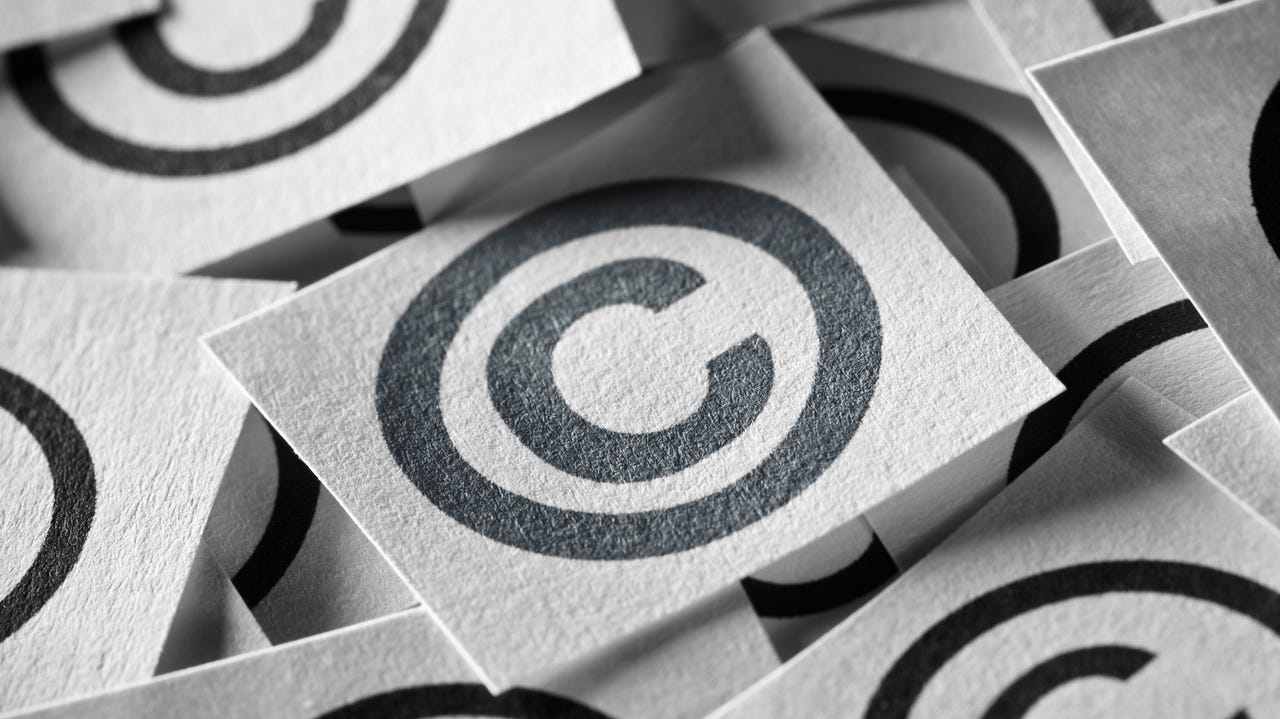
































The rise of generative artificial intelligence has helped working professionals delegate menial tasks and shift their focus to tasks of greater importance. However, consulting firm Gartner reports that generative AI has also heightened concerns around copyright infringement, which will slow the technology's adoption.
Also: AI image classification errors could ruin your life. Here's one way to reduce them
Generative AI models need to be trained on large amounts of data, which frequently -- as in the case of ChatGPT -- includes content on the internet. This process means that many AI models generate answers based on other people's work, even if the original authors did not explicitly grant permission for their work to be used for AI model training.
As a result, many organizations, such as The New York Times, have taken legal action, claiming the resulting chatbots are committing copyright infringement. However, as generative AI becomes the norm, companies will begin to take a preventative approach, which will cost AI companies time and money.
Gartner predicts that, by 2026, enterprises' defensive spending to de-risk loss of intellectual property (IP) and copyright infringement will slow the emerging technology's adoption and diminish its returns.
"As GenAI advances, regulators are rushing to keep pace," Rita Sallam, a distinguished VP analyst at Gartner, said. "IP risk is not a new issue. However, copyright infringement risk, previously a limited risk, now affects potentially everyone in the organization."
Also: Can AI be a team player in collaborative software development?
Gartner also predicts that, by 2028, more than 50% of enterprises that chose to build their large language models from scratch will forgo their efforts due to the costs, complexity, and technical debt required to upkeep those models.
As a result, the firm says that chief data and analytics officers should balance their AI ambition with their risk tolerance to maximize results. Salam added: "The key will be to design open systems to switch models as innovation warrants."
 Tags chauds:
Innovation et Innovation
Tags chauds:
Innovation et Innovation